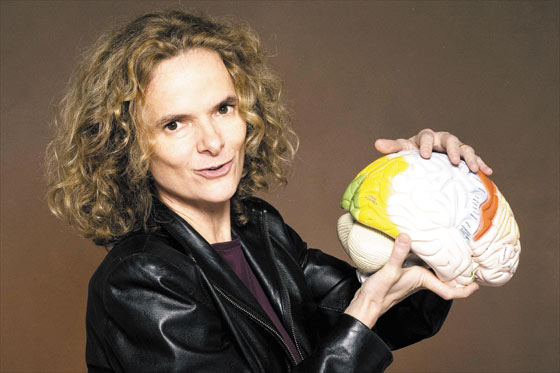According to the 2010 National Survey on Drug Use and Health, about 21 million Americans currently need treatment for a substance abuse disorder. Ninety percent of them will not receive treatment; many will end up incarcerated because of crimes related to their addiction.

Since that report was released, an increasing number of doctors and scientists are calling for more recognition of addiction as a brain disorder. The Los Angeles Times recently reported that Gil Kerlikowske, director of the Office of Drug Control Policy and the leading drug authority in the government, spoke out against current perceptions of addiction in a speech delivered at the Betty Ford Center. Kerlikowske characterized addiction as a “chronic disease of the brain” rather than a moral failing on the part of the individual.
Scientists have known for decades that addiction to alcohol, opiates, cocaine and other abused drugs modify the brain, altering dopamine levels and eventually affecting the ability of the user to feel pleasure without the drug. Once addicted, the brain remains changed even after drug use is stopped, causing former drug users to continue to feel the pull of the substance they previously abused. Although an individual voluntary starts down the path that leads to addiction, over time the element of choice is removed and the use of alcohol or drugs becomes compulsive.
Dr. Nora Volkow, head of the National Institute on Drug Abuse (NIDA), has taken the position that addiction is a chronic disorder that requires several rounds of treatment and therapy to avoid relapse. Several drugs to treat addiction have been developed and approved in the past few years and Dr. Volkow supports their use. The most important of these drugs reduce cravings and support long-term abstinence.
For addiction to opioid drugs like heroin and prescription painkillers like OxyContin, methadone, buprenorphine and naltrexone have been shown to be effective medications. Methadone and buprenorphine (brand name Suboxone and Sublocade) suppress symptoms of withdrawal and reduce cravings. Naltrexone works for some addicts who have completed detox by blocking the effects of opiates. According to NIDA, these medications help addicted individuals resist the craving for drugs, avoid drug-related crime and readies them for behavioral treatment.
There are also medications that have been approved by the FDA for alcohol dependence. Acamprosate is used to reduce insomnia, restlessness and anxiety that can come with alcohol withdrawal. Naltrexone, which is also used for opioid addiction, blocks the effects of alcohol and can help reduce cravings after following alcohol withdrawal. Another drug, disulfiram, discourages alcohol consumption by producing an unpleasant physical reaction.
Although medications are effective for some of the physical aspects of the disease of addiction, they don’t address lifestyle issues that often are the root cause of substance abuse. Speaking to the Los Angeles Times, Dr. Volkow said she is not proposing that medication offers a complete solution to drug addiction and alcohol dependence. There is still a need for behavioral forms of treatment and for social support, but medication is one more tool to fight the aggressive disease of addiction.
